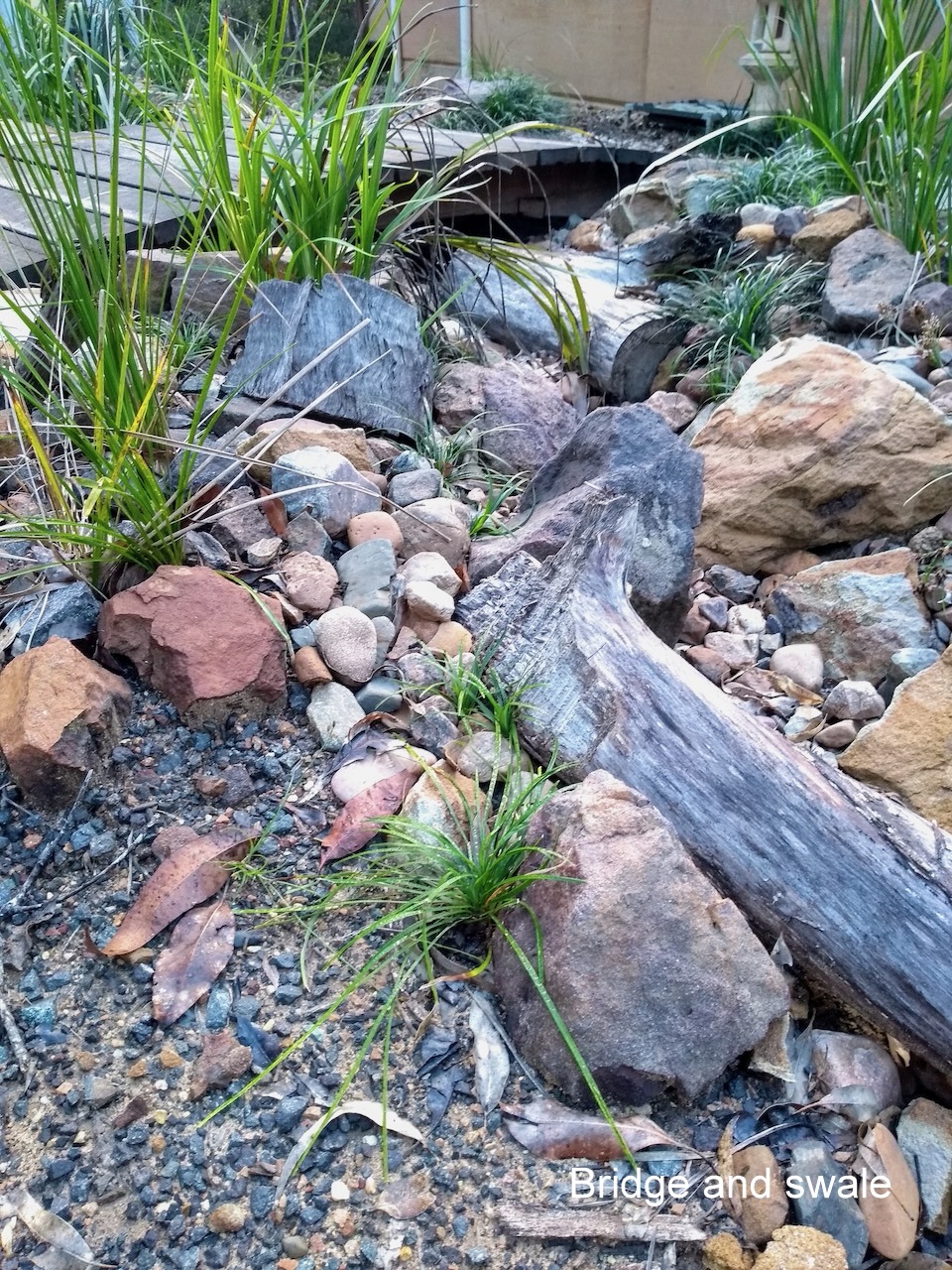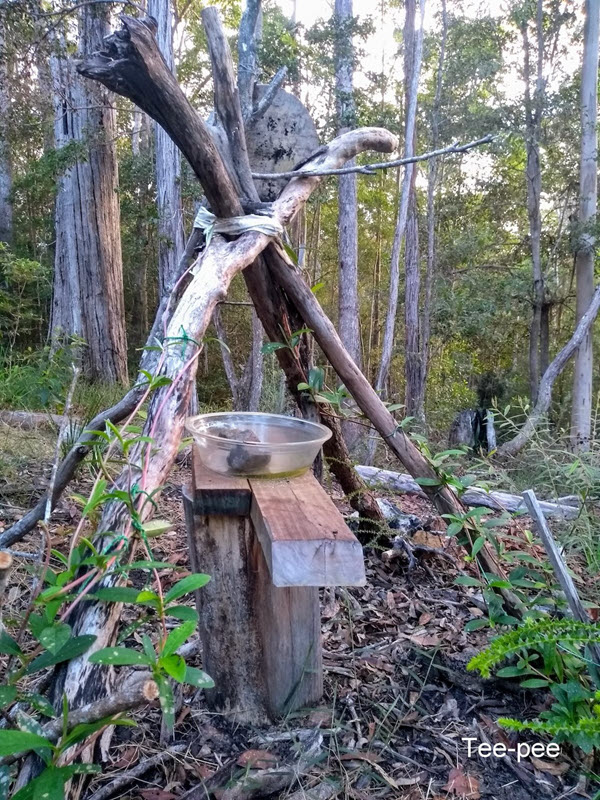Eight months ago we moved into our new build at Lake MacDonald. Under building guidelines, we needed to clear 10 metres around the house which meant I had space in which to plan a garden. We are also custodians of one and a half acres of Tall Open Forest.
Initially I spent time contacting and researching environmental groups in the area. I did not meet the criteria for Land for Wildlife, however I resourced information on their web site. I became a member of Noosa Landcare and joined their Roving Restorers Friday volunteer group to learn about local plants and weeding practices. I also contacted Urban Wildlife Gardens. I visited national parks to get an idea about what country looked like pre clearing and how cleared Tall Open Forest can be supported. Looking at national parks also helped me identify plants in the area, which I could then purchase from Landcare and plant in my garden. I spent many months researching before I made my garden plan.
My current plan is to establish a native garden choosing plants indigenous to Lake MacDonald. I have sourced my plants solely from Noosa Landcare’s HinterHub Nursery at Pomona. I chose plants which provided food and shelter for animals as well as bush tucker. I have planted over 59 species, purchasing three or more of each species to plant in clumps.
Several species endemic to the area were quick to regrow including Gahnia aspera (Saw Sedge), Ottochloa gracillima (Graceful Grass), Entolasia stricta (Wiry Panic Grass), Carex appressa (Tall Sedge) and Lomandra longifolia (Mat Rush).
Landscaping on a slope meant adding tree stumps, logs, mulch and swales from the top of the drive throughout the garden. A wooden bridge overlooks a swale which flows when it rains. Pebbles, rocks and plants result in a natural looking river bed, which captures and diverts water flow whilst also providing habitat for skinks, snakes and frogs.
A garden visit from Michelle assisted me in plant selection, plant identification and provided further resources to help with the garden design. ‘What’s in your garden?’, the UWG Handbook, provided inspiration for a variety of habitats for native animals.
We built a Tee-pee to encourage small birds closer to the house. It has native plants preferred by small birds, a water bowl, perch and a bee hotel. Plants like Acacia hubbardiana (Prickly Moses), Pittosporum multiflorum (Orange Thorn) and Goodenia ovata are beginning to grow and cover the structure.
I turned a big plastic pot into a water feature with native water plants and some Pacific Blue Eye, a native fish which does not eat frog’s eggs, and three water snails. Pond Plants include Philydrum Lanuginosum (Frogsmouth), Pale Cord Rush, Lake Poona Sedge and Juncus usitatus (Common Rush) resulting in a small salubrious frog haven.
I also wanted to support vulnerable plant species so I have planted Boronia Keysii in the front and side garden and Pararistolochia praevenosa (Richmond Bird Wing Butterfly Vine). Reading the information on the Land for Wildlife website regarding vulnerable plants was very useful.
Some of my favourite plants are: Austromyrtus Dulcis (Midyim Berry) which has pleasant tasting berries, Melastoma Malabathricum (Blue Tongue) with edible black fruit, Banksia spinulosa var. collina (Hairpin Banksia) which is loved by bats, marsupials, butterflies, bees and birds, Chrysocephalum apiculatum (Yellow Buttons) a hardy ground cover that attracts bees and Themeda trianda (Kangaroo Grass) a good bush tucker plant loved by Kangaroos.
I feel it is imperative, when establishing a native garden, to select plants endemic to our area. Balance and diversity, where nature is in harmony, provide us with a vibrant and energetic garden. Our well-being is enhanced when we can work with, not against, nature. Providing habitat, food and water for our native creatures is essential. Planting exotics does not provide our wildlife with what they need for survival. In my garden, planting natives has resulted in rarely needing to water and my plants have thrived. My gardening experience has been successful, hugely rewarding and enhanced by being in tune with nature.
Having fun, enjoying new growth, playing, being creative and being connected to nature. It doesn’t get better than this.
Leonie Stephens





